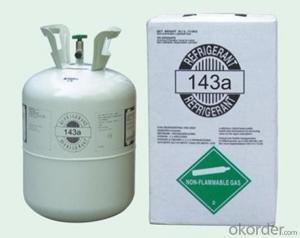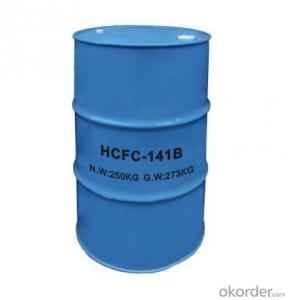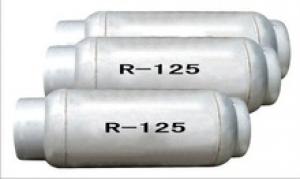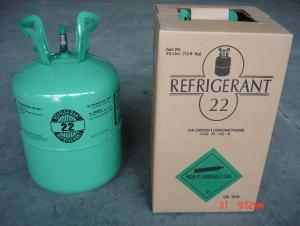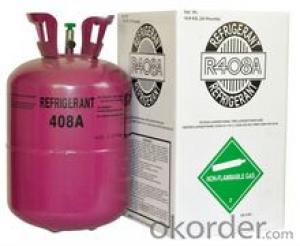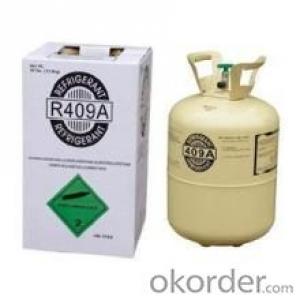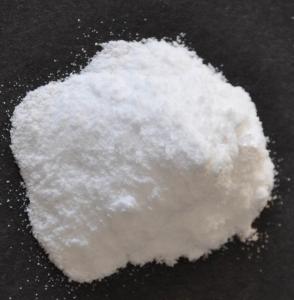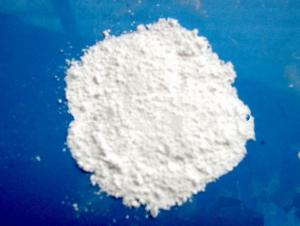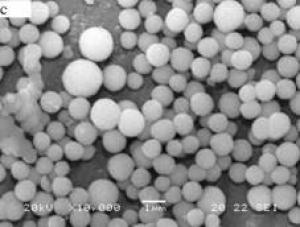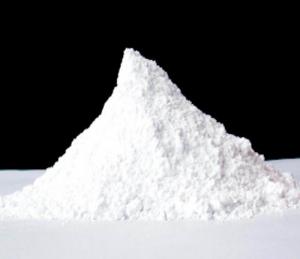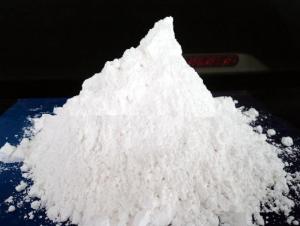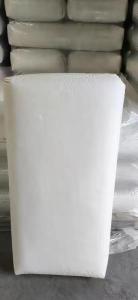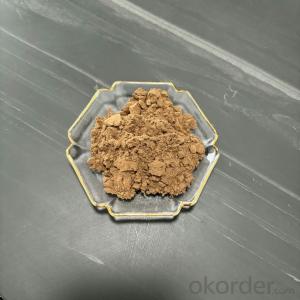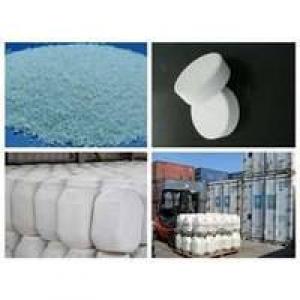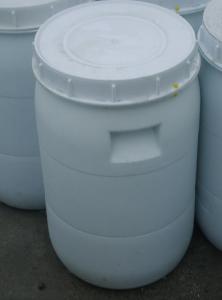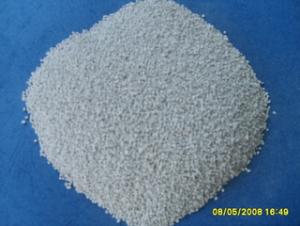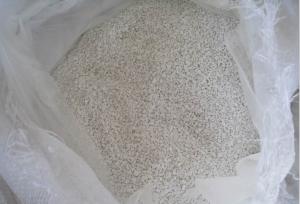Stearic Acid 200/400/800 For Plastic/Cosmetic/Rubber/ Industry
- Loading Port:
- Tianjin
- Payment Terms:
- TT OR LC
- Min Order Qty:
- -
- Supply Capability:
- 8000MT/month m.t./month
OKorder Service Pledge
OKorder Financial Service
You Might Also Like
Stearic acid
Formula: C18H36O2
Structural Formula:CH3(CH2)16COOH
Product Description:
Shaped like Lump, flake; Saturated fatty acid mainly with C16 and C18, white flake solid at ambient temperature, not dissolved in water, slightly dissolved in benzene and carbon bisulfide, and easily dissolved in hot alcohol. No smell no poison. It has the general chemical properties of organic carboxylic acid.
Physicochemical Properties:
pure product is white with a shiny soft small pieces, melting point 69.6 degrees, the boiling point of 376.1 degrees. Relative density 0.9408, refractive index 1.4299, slowly volatile in the 90-100 degrees. Slightly soluble in cold water, soluble in alcohol, acetone, soluble in benzene, chloroform, ethyl ether, carbon tetrachloride, carbon disulfide, toluene and so on.
Specification:
Item | Index | |||||
Grade No. | 1842 | 1838 | 1820 | 1860 | 1870 | 1880 |
Iodine value gI2/100g ≤ | ≤5.0 | ≤5.0 | ≤5.0 | ≤6.0 | ≤7.0 | ≤8.0 |
Saponification value mgKOH/g | 206~211 | 206-213 | 214-216 | 193-220 | 193-220 | 192-218 |
Acid value mgKOH/g | 208~210 | 210~211.5 | 214-225 | 182-218 | 192-218 | 193-220 |
Chroma (Hazen) ≤ | ≤60 | ≤80 | ≤100 | 200-400 | ≤150 | 400 |
Freezing point °C | 54~57 | 54~57 | 55~57 | 54 | 52 | 52 |
Moisture % ≤ | ≤0.2 | ≤0.2 | ≤0.2 | ≤0.3 | ≤0.3 | ≤0.3 |
Inorganic acid % ≤ | 0.001 | 0.001 | 0.001 | 0.001 | 0.001 | 0.001 |
Suggest Uses:
Mainly for the production of stearic acid salts: Widely used system for cosmetics, plastic cold-resistant plasticizer, release agent, stabilizer, surfactants, rubber vulcanization accelerator, waterproof agent, polishing agent, metal soap, metal mineral flotation agent, softeners, pharmaceuticals, and other organic chemicals.
In addition, oil-soluble pigments can be used as solvents, crayons transfer slip agent, waxed paper lighting agent, stearic acid glyceride emulsifier, etc..
Packing :25/50kg in PP bag ,25MT/20GP
Product Storage:
in dry warehouse ventilation should be more than 10mm from the ground to avoid damp products in the above-mentioned conditions, from the date of delivery for one year shelf life.
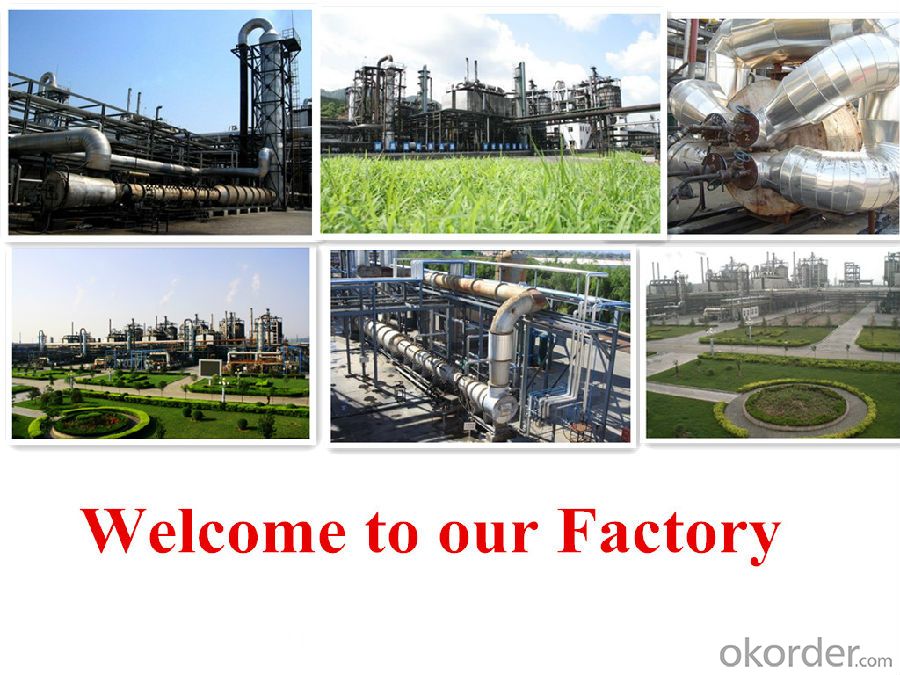

- Q:How the most primitive life on earth is produced under what conditions
- These macromolecules are not in the modern sense of the protein and nucleic acid polymer, but a variety of amino acids, nucleosides, phosphoric acid, carbohydrates and some other small molecules of the disorder of the polymer, when the nucleoside and phosphoric acid composition of nucleoside Acid, and gradually form a nucleotide chain, the formation of these nucleotide chain of the amino acid on the formation of the field of binding force, and then assembled peptide chain. Or by the combination of a variety of amino acids into peptide chain formed by the force field on the surrounding nucleus formation field binding effect, and then assembled the nucleotide chain, with the formation of peptide chain and nucleotide chain longer and longer , The molecular weight is growing, and ultimately the formation of nucleic acids and proteins, nucleic acid and protein formation is the product of interaction with each other, is generated at the same time.
- Q:Carboxylic acid and alcohol can react, is it necessary to have certain conditions, if the conditions can not reach, is not it can not respond?
- The need for catalyst, such as the book of concentrated sulfuric acid heating,
- Q:What is the difference between hot and cold asphalt?
- Cold mixed high-strength asphalt concrete, by adding asphalt in the thermosetting resin, coupled with the right amount of solvent to form a semi-flow asphalt binder, and the appropriate mix of aggregate from the asphalt concrete mixture. This asphalt concrete is a very high strength of 60 ℃, 30mm Marshall stability of 30000N, flow 20-30 (1 / 10mm), the stability of ordinary asphalt concrete is about 3 times, with good rutting resistance. Hot asphalt is composed of different molecular weight hydrocarbons and non-metallic derivatives of dark brown complex mixture, is a high viscosity organic liquid, was liquid, the surface was black, soluble in carbon disulfide. Asphalt is a waterproof moisture and corrosion of organic cementitious materials. Asphalt can be divided into coal tar pitch, petroleum asphalt and natural asphalt three: Among them, coal tar pitch is a by-product of coking. Petroleum asphalt is the residue after distillation of crude oil. Natural asphalt is stored in the ground, and some of the formation of ore or in the crustal surface accumulation. Asphalt is mainly used for coatings, plastics, rubber and other industries and pavement and so on.
- Q:Organic intermediates in the synthesis, what is the chemical choice
- Choose the first reaction that is easy to react quickly
- Q:Why not ah?
- A series of compounds in which a hydrogen atom in a hydrocarbon molecule is replaced by another atom or radical is called a derivative of a hydrocarbon
- Q:High school chemical hydrocarbons with hydrocarbon derivatives with water solubility, density for accurate and comprehensive summary, thank you. Out of college entrance examination
- Hydrocarbons, halogenated hydrocarbons, esters are difficult to dissolve in water. Hydrocarbons, esters are denser than water, and the density of halogenated hydrocarbons is generally greater than that of water. Hydrocarbon derivatives containing hydroxyl, amino or aldehyde groups such as alcohols, phenols, aldehydes, carboxylic acids, sulfonic acids and amines are soluble in water, And the shorter the solubility of the carbon chain, the greater the solubility of the carbon chain increases, until the same number of carbon atoms and similar hydrocarbons.
- Q:What is "organic" and "inorganic" in chemistry?
- Carbon compounds, not carbon oxides, carbonates, bicarbonates are organic matter
- Q:Chemical life network: chemical (inorganic reaction, organic reaction) is equal to the life of life reaction?
- Inorganic chemistry is a science that studies experimental and theoretical explanations of the properties and reactions of all the elements and their compounds, in addition to hydrocarbons and their derivatives, and is one of the earliest disciplines in the development of chemistry.
- Q:Sodium can be used to identify derivatives of hydrocarbons
- Sodium can identify hydrocarbon derivatives that are alcohol
- Q:The functional group of the derivative of the hydrocarbon
- Yes, the number of carbon after a certain, only to determine the nature of the functional group. This is also the reason for the name of the functional group
1. Manufacturer Overview |
|
|---|---|
| Location | |
| Year Established | |
| Annual Output Value | |
| Main Markets | |
| Company Certifications | |
2. Manufacturer Certificates |
|
|---|---|
| a) Certification Name | |
| Range | |
| Reference | |
| Validity Period | |
3. Manufacturer Capability |
|
|---|---|
| a)Trade Capacity | |
| Nearest Port | |
| Export Percentage | |
| No.of Employees in Trade Department | |
| Language Spoken: | |
| b)Factory Information | |
| Factory Size: | |
| No. of Production Lines | |
| Contract Manufacturing | |
| Product Price Range | |
Send your message to us
Stearic Acid 200/400/800 For Plastic/Cosmetic/Rubber/ Industry
- Loading Port:
- Tianjin
- Payment Terms:
- TT OR LC
- Min Order Qty:
- -
- Supply Capability:
- 8000MT/month m.t./month
OKorder Service Pledge
OKorder Financial Service
Similar products
New products
Hot products




